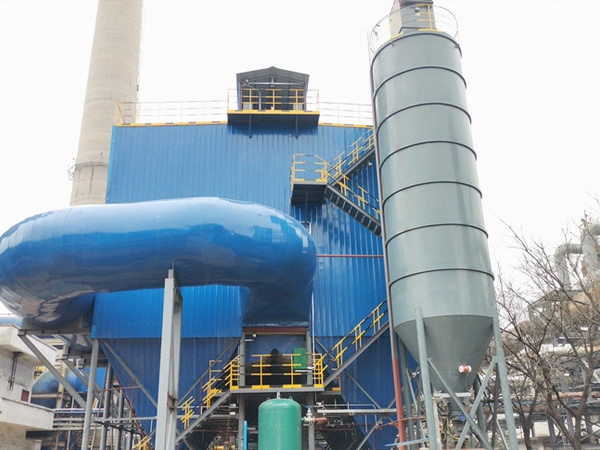-
All
-
bag Dust Collector
-
Electrostatic Precipitator
-
Cartridge Dust Collector
-
Desulfurization And Denitrification Equipment
-
Dust Collector Bag
-
Dust Collector Skeleton
-
Electromagnetic Pulse Valve
-
Rotary Valve
-
Screw Conveyor
-
Dust Conditioner
-
Plug Valve/Butterfly Valve
-
Scraper Conveyor
-
Catalytic Oxidizer
-
Cyclone Dust Collector
-
Sintered Plate Dust Collector
-
Spray Tower
-
Activated Carbon Adsorber
-
Light Oxygen Purifier
-
Dry Filter Box
-
Bucket Elevator

Calcium Based Flue Gas Desulfurization Technology
Calcium based flue gas desulfurization (FGD) technology is a widely used and mature flue gas desulfurization technology. ...
Calcium based flue gas desulfurization (FGD) technology is a widely used and mature flue gas desulfurization technology. Its core is to use calcium based compounds such as limestone and lime as desulfurizers to remove sulfur dioxide (SO ₂) from flue gas through acid-base neutralization reactions. It is widely used in industrial industries such as thermal power plants, steel plants, and non-ferrous metal smelting, with a desulfurization efficiency of over 90%. It is one of the key technologies to achieve ultra-low emissions of industrial flue gas.
This technology can be divided into two categories based on the reaction environment: wet process and dry/semi dry process. Among them, the limestone gypsum wet process is the mainstream technology, accounting for over 80% of the desulfurization market in public thermal power plants: first, limestone is ground into powder and made into slurry, and then it is in reverse contact with the flue gas that has been dedusted and cooled in the absorption tower. After SO ₂ dissolves in the slurry, it reacts with calcium based desulfurizer to generate calcium sulfite, and then air is introduced to oxidize it into stable dihydrate gypsum; After dehydration treatment, gypsum products with a moisture content of ≤ 10% (which can be used for building materials and cement retarders) are discharged in compliance with standards after the temperature of the clean flue gas is raised. The dry/semi dry method directly sprays lime powder or high concentration lime slurry into the flue gas, and uses the waste heat of the flue gas to evaporate water to complete the reaction. Although the desulfurization efficiency is slightly lower (85%~90%), the water consumption is only 1/10~1/5 of the wet method, which is more suitable for small and medium-sized boilers and low SO ₂ concentration flue gas treatment.
The core advantages of calcium method technology lie in the wide source of desulfurizer, low cost (only 1/3~1/2 of ammonia and magnesium methods), resourceful product, high technological maturity, and stable equipment operation (annual operating rate ≥ 90%). However, wet methods have problems such as high water and energy consumption, and equipment is susceptible to corrosion from acidic slurries; The dry/semi dry method relies on the local gypsum disposal market to avoid secondary storage pollution.
At present, the calcium method technology is upgrading towards "low efficiency, low-carbon resource utilization", by optimizing the spray system, eliminating the gas heat exchanger (GGH) to reduce energy consumption, and equipping high-purity gypsum products (such as medical gypsum), and combining other technologies to achieve collaborative treatment of SO ₂, NO ₓ, and heavy metals, further adapting to the "dual carbon" goal and strict environmental requirements.







